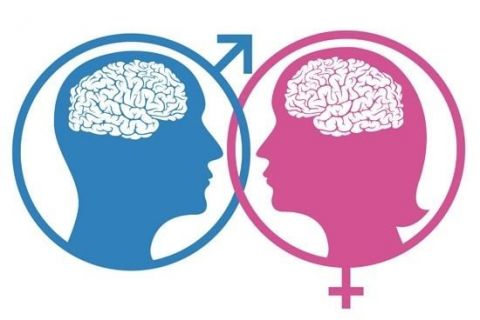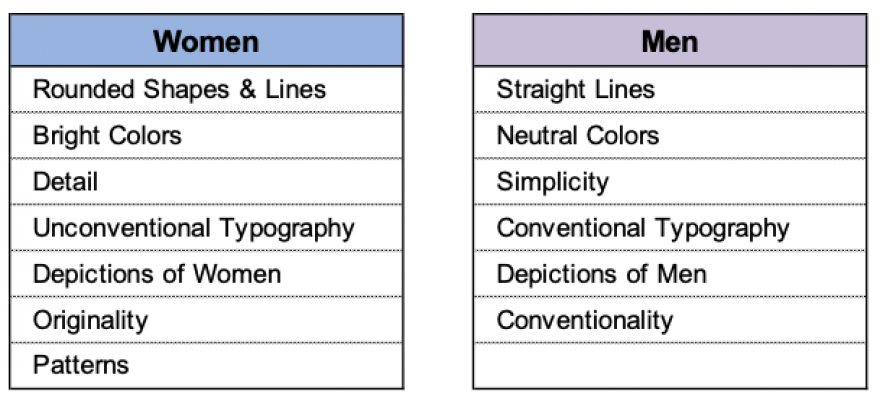
Vol. XXIII, No. 9, September 2023
Gender matters
When most people design and operate location-based entertainment centers (LBEs), including family entertainment centers (FECs), they rarely think about gender from the standpoint that there are significant differences between men and women. Yes, sometimes we're doing a better job of finishes for the ladies' restroom, often even implementing potty parity-more toilet fixtures in the ladies' restroom than the men's restroom. But there's more to it than that. The differences between what appeals to the two genders are great and need to be carefully considered in both design and operations to maximize guest attendance, satisfaction, and profits.

Research from the Nielsen NeuroFocus study found significant differences between men and women in how we think, react, shop, and watch. It's because our brains are different, which affects how women and men process information, express emotion, interact with others, and approach their daily activities, including at-home and away-from-home eating and drinking, and including at-home and away-from-home digital and location-based entertainment (LBE).
The research found that women's brains are hardwired for:
- Big-picture thinking
- Multitasking (but not good enough to simultaneously text and drive)
- 'Gut' reasoning
- Worry/empathy
On the other hand, men's brains are designed for:
- Concrete thinking
- Goal-oriented tasks
- Logical solutions
- Competition/defense
These brain-wiring and processing differences affect our preferences, and sometimes, those preferences are exact opposites. Here are just a few examples:

We can walk into almost any LBE or FEC and immediately tell whether a man or woman designed it. We often see the strong influence of androcentrism (male bias) in every aspect of the center and its operation. Men still dominate the design professions and ownership and management of LBEs. Androcentrism works for a sports bar or a "breastaurant" (Hooter's et al.), but a male-biased design isn't the optimal approach for other types of restaurants and LBEs, including FECs, children's entertainment/edutainment centers, and adult entertainment venues, where research consistently shows that women still have the majority influence on where a couple or family visits.
Gender differences are just as pronounced for girls and boys. Research by Lego has found these differences in children aged five and older:
- Girls like harmonyor a pleasing, everything-in-its-right-place sense of order. You can picture what most boys' bedrooms look like.
- Girls like warm colors and precise detailing in toys.
- Role-playing is the favorite style of play for girls
- Girls like to construct, but in a manner different than boys. Boys want to follow a predetermined design to build what they see in a photo or toy box. But girls like to tell stories and redesign their constructions as they create them.
- Boys play with figurines in the third person; girls project their identities onto their toys.
One of the barriers to maximizing success, which we constantly see in LBEs, is that men design most centers for men due to their inherent unconscious male bias. As a result, most centers are great for men but fail to have the maximum appeal to women, who, as we all know, are the actual decision-makers. Considering gender in the design and operation of centers matters.
Most architects are men, and most developers of LBEs only use architects to design their centers. Architects are trained to design buildings, and the primary factors influencing their design work are building codes and structural and mechanical systems. Of course, these are important design considerations. But a LBE's guests are also, if not more so, affected by the emotional, aesthetic, and comfort qualities of the interior design and its furnishings. This is something that interior designers, not architects, are specialists in. Most interior designers are women, not men. So, they are looking at the design through a woman's eyes. They are also trained in the emotional qualities of design and understand the design preferences of both genders to create gender-neutral designs. That is why our company uses a team of architects and interior designers on all our LBEs projects for our clients.
Subscribe to monthly Leisure eNewsletter


